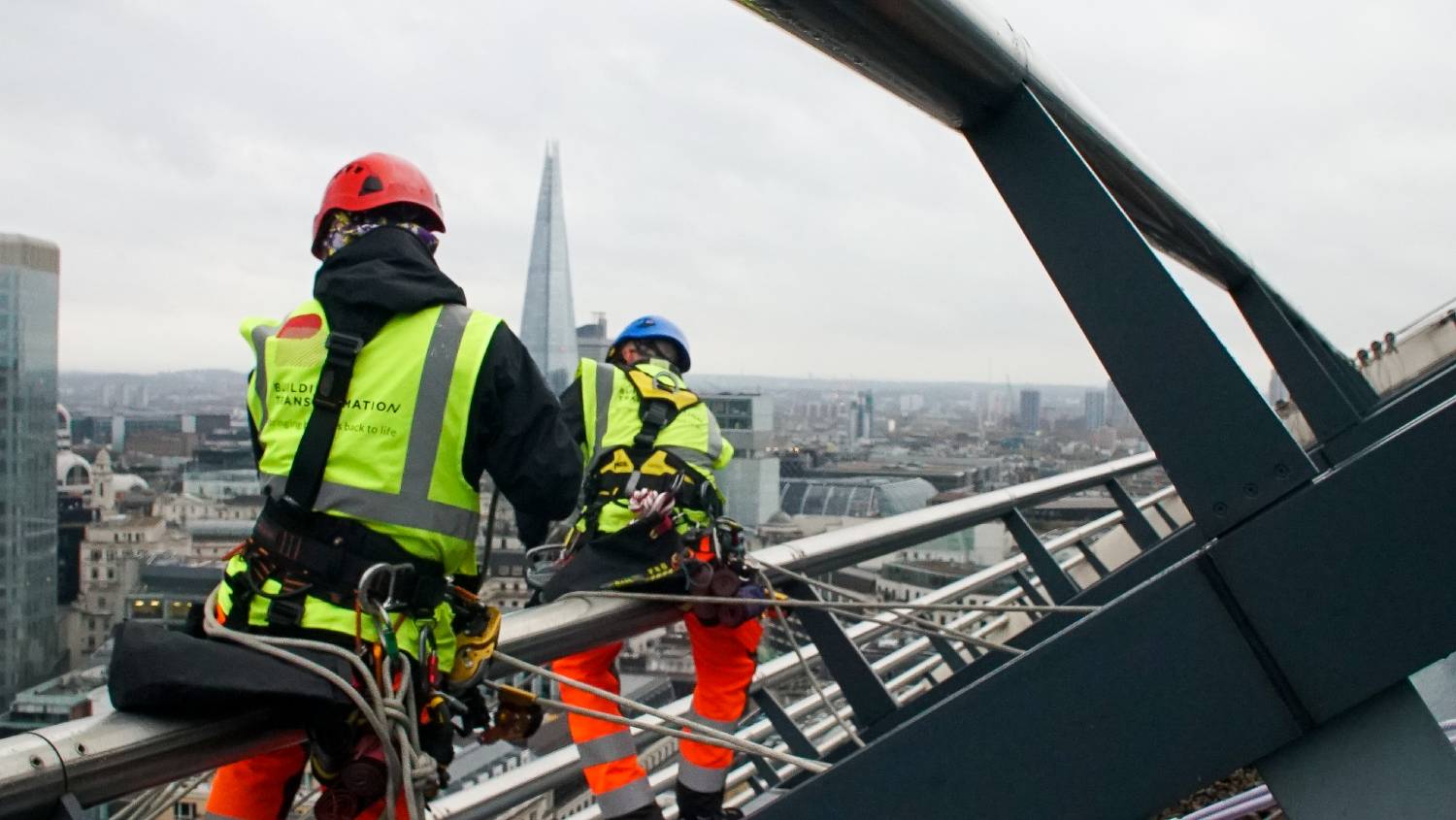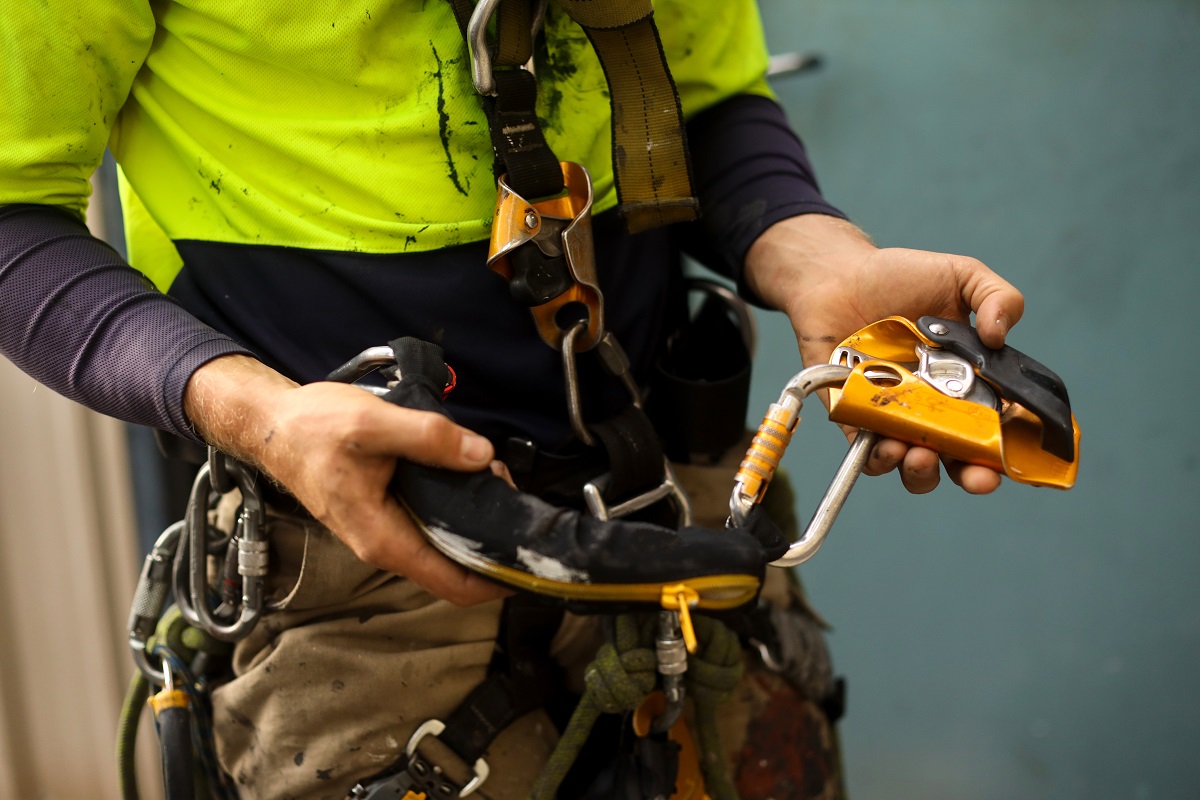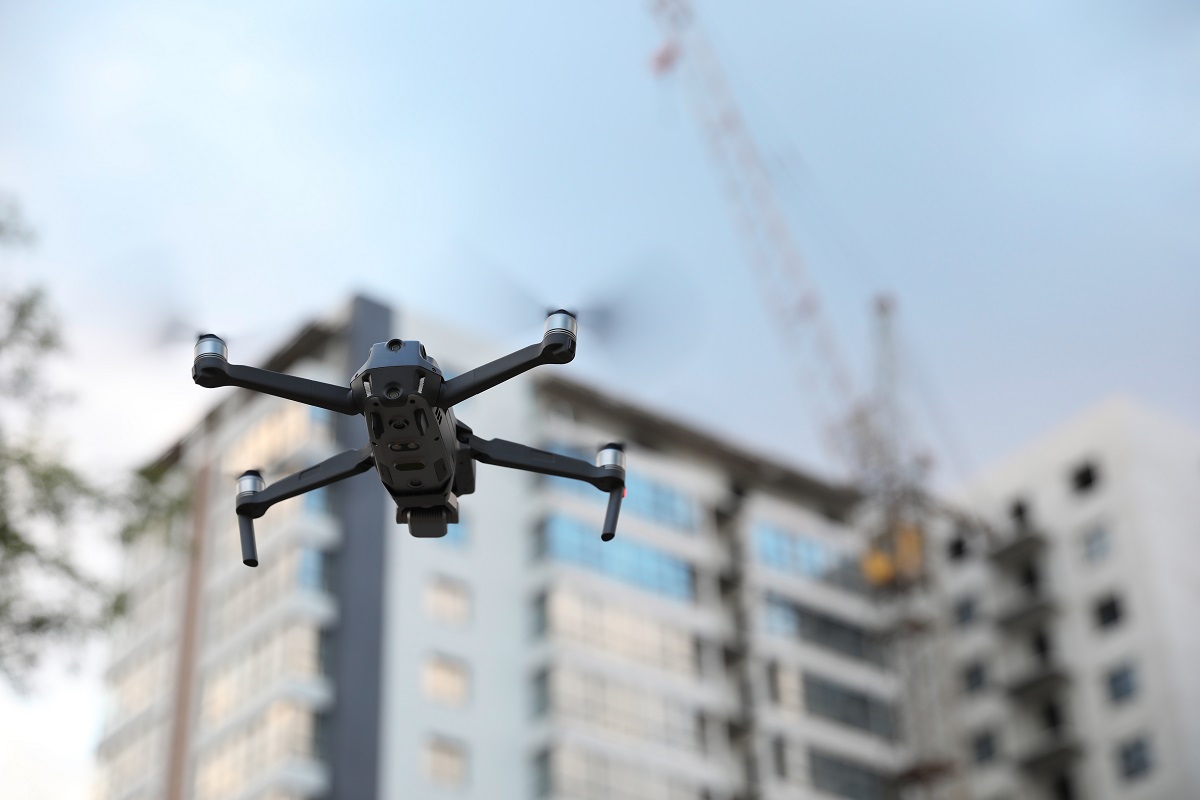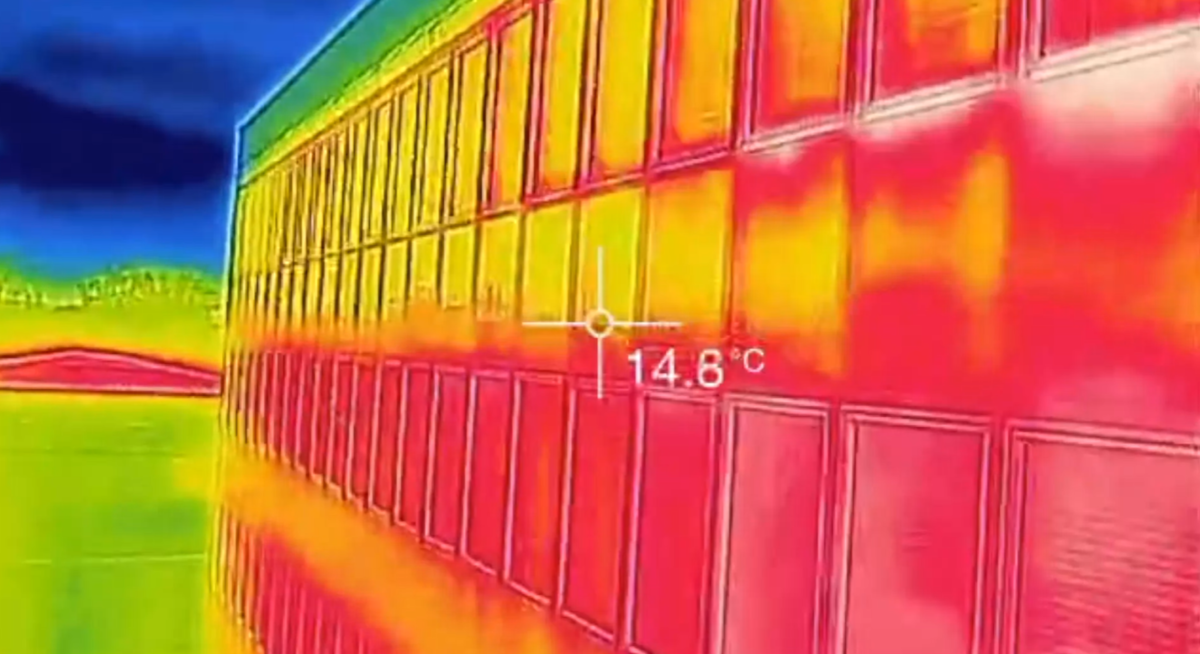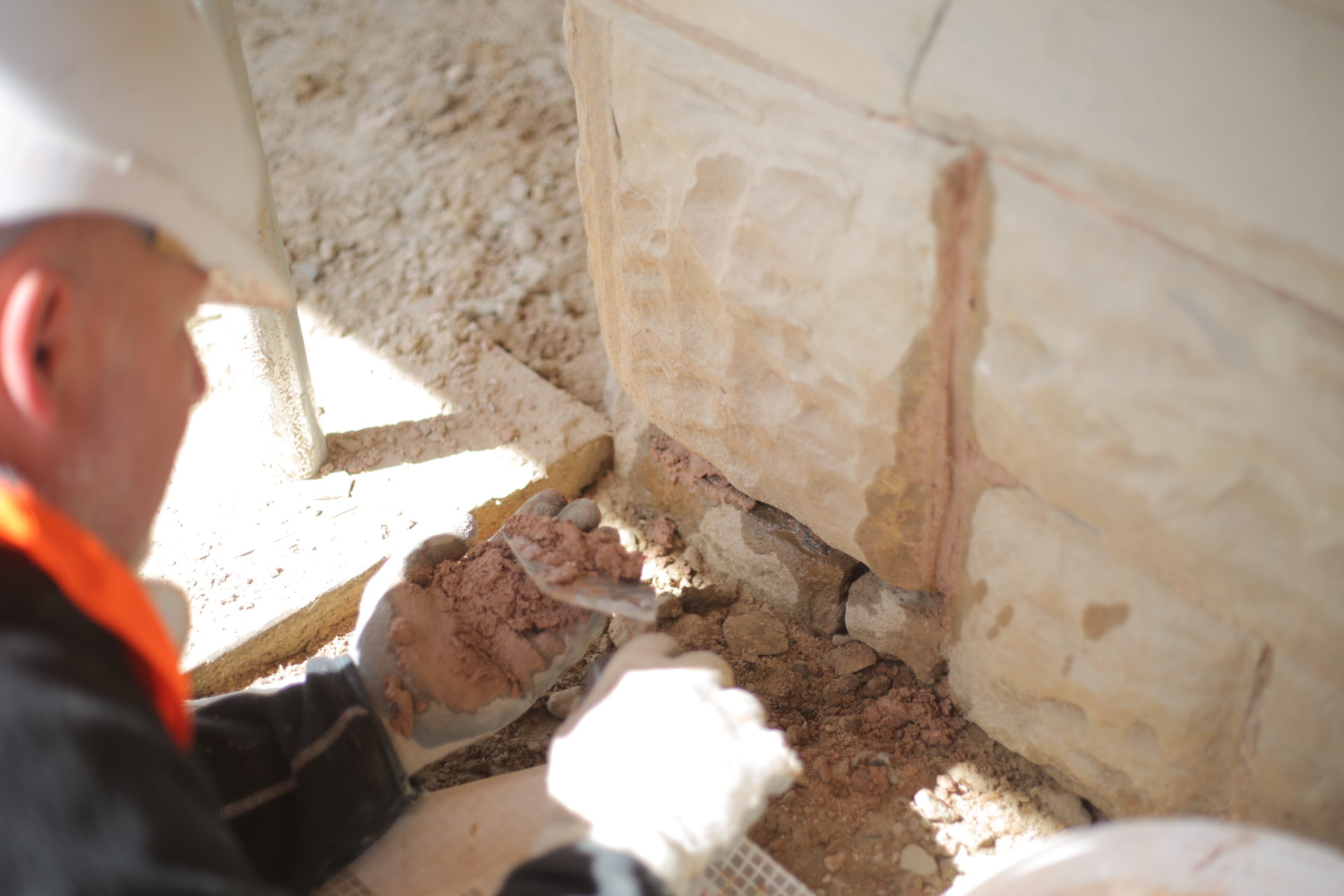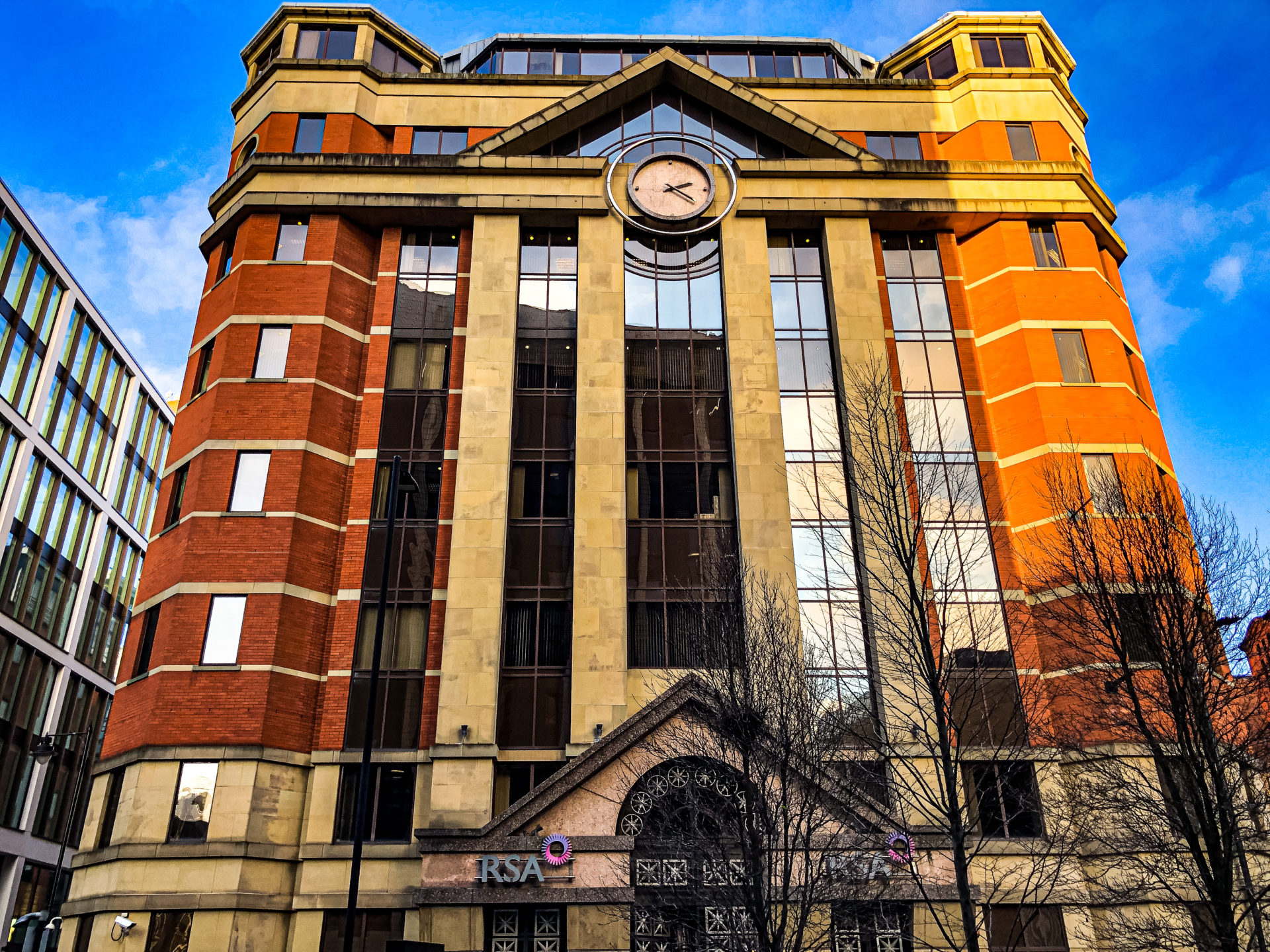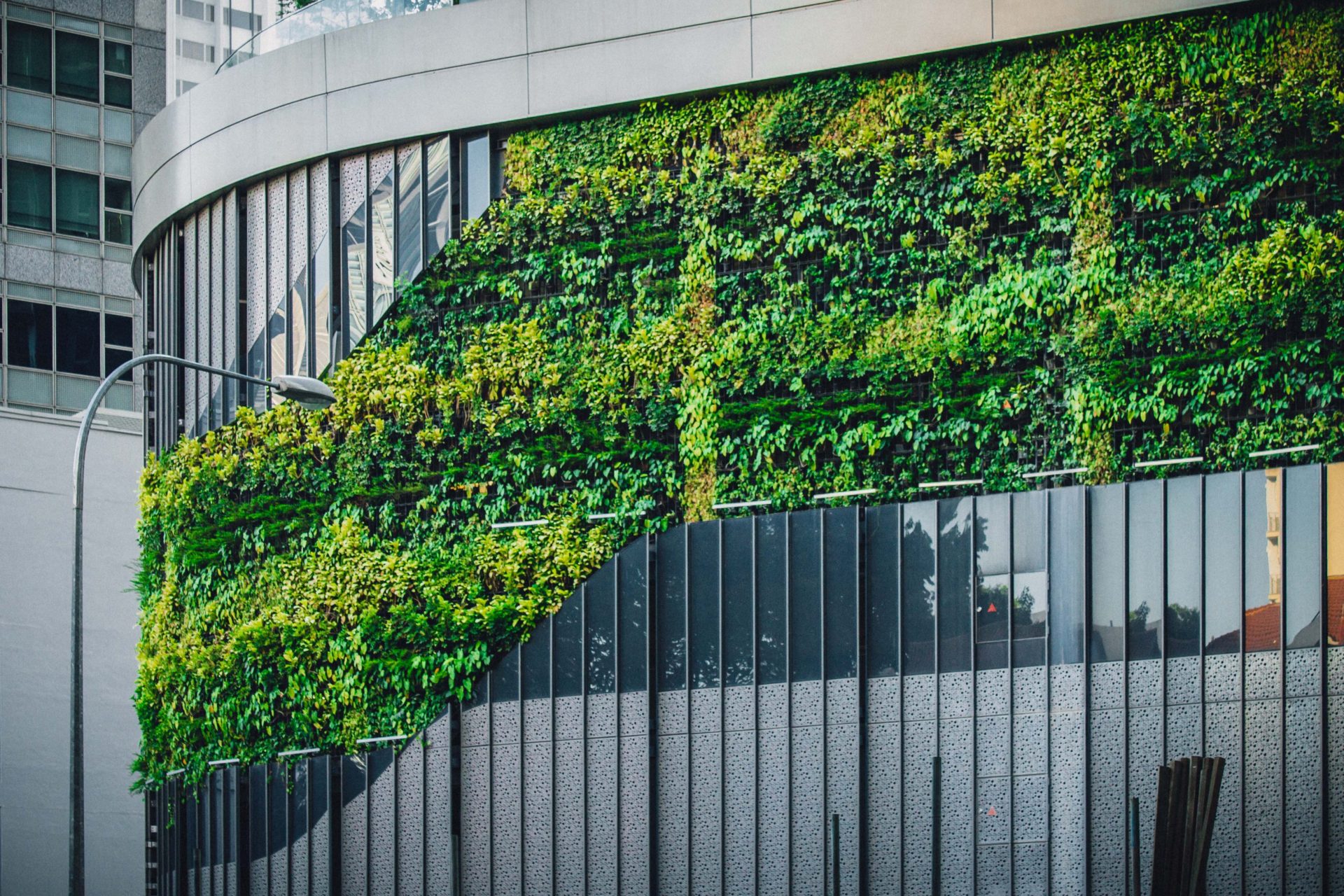All buildings are at risk of deterioration over time and as we continue to build higher and higher, the requirements to access our tallest buildings become more complex. Simple tasks such as regular maintenance as well as more in-depth restoration and building tasks become more difficult as access becomes an issue. This is where rope access comes into play and why some of the tallest buildings in the UK can still be cleaned, maintained and restored with relative ease using the appropriate rope access systems.
Rope access or industrial abseiling is an effective, low-impact way of restoring and maintaining modern buildings, even those which may seem difficult or even impossible to access.
Modern Feats of Architecture
In 2020 there were 106 completions of buildings over 200 metres tall around the world, with four new buildings above this height just in London. With more and more buildings reaching unbelievable heights, we need more effective methods for maintenance and restoration, as building scaffolding to such a height simply isn’t practical. This is why rope access is particularly valuable in our busiest urban areas. Architects are always working to find new and exciting ways to make their buildings stand out and the taller they get, the more need there is for suitable access services.
As well as high-rise buildings becoming more prominent, there are also many other modern structures which require regular maintenance and repair where rope access is a useful option. Bridges and other large structures require maintenance and cleaning, and this is easily carried out by qualified rope access professionals. Similarly, as football and sports stadiums expand and reach huge heights and sizes, the cleaning and maintenance requirements grow too. Let’s look more closely at rope access and why it’s an effective choice for modern buildings and structures.
What is Rope Access?
Rope access is a popular alternative to traditional building access such as scaffolding. It utilises practices first developed for rock climbing and traditional abseiling, but it has been adapted effectively for a wide range of building maintenance and restoration services. Rope access utilises a system of ropes which allow for convenient and practical management of any type of building, including those which are significantly higher than built when scaffolding was the usual choice for maintenance.
Rope access makes it easy to reach any part of a building for cleaning, repairs or aesthetic restoration without considerable disruption to the building itself and the activities carried out within.
Why Choose Rope Access for Modern Buildings?
Rope access is effective for cleaning and restoring modern buildings due to the ease of setup and the straightforward nature of climbing to any height necessary without significant disruption to the building’s general usage. Compared to cranes or scaffolding disruption is extremely minimal and the impact on the building is also kept to a minimum, ensuring the building’s façade is protected as much as possible too.
Rope access restoration does require good weather, which isn’t always something we’re blessed with in the UK, but unlike scaffolding or mechanised access methods, rope access is quick to setup and so rescheduling and rearrangement doesn’t require hours of setup and installation and additional costs that could come with this. Rope access services allow for professional and trained individuals to easily abseil any building surface or structure and carry out appropriate restoration and repairs, whether this is glazing, aesthetic work such as painting or construction. A wide range of tasks can easily be carried out via rope access, furthering its versatility and range of uses for modern building management.
Rope access is also a great choice for protecting the condition of buildings. Even the newest high-rise structures need to be cared for and maintained. Planned, preventative maintenance schedules should be in place as well as reactive action, allowing every building to be always maintained to the highest standards. Rope access is also useful for surveying for damage and issues impacting a building’s façade before they become serious problems.
In the modern age we are also always looking for the eco-friendliest and “greenest” option for our business’ services and rope access is significantly more environmentally friendly than the alternatives. The footprint involved in setting up rope access is minimal and there is no electricity, petrol or oil requirement, as the ropes do all the lifting work and the professionals can carry out their tasks at height with ease. There is no significant impact on your business’ carbon footprint at all.
What Services can be carried out via Rope Access?
Rope access allows for a wide range of different services to be carried out with ease. Tall and high-rise buildings have a wide range of regular and reactive maintenance requirements and rope access can be used for services including:
- Façade condition surveys
- Grouting and resin injection
- High-level repairs and maintenance works
- Bridge inspections and structural surveys
- Stone and brickwork replacement and reinstation
- Protection of brickwork or concrete
- Protective coating application
- External painting and decorative services
- Façade cleaning
- Glazing and window cleaning
- Roof repairs
- Gutter surveys, maintenance, and replacement
- Canopy clearing
- Fascia board replacement
When watching rope access professionals at work, it is hard to believe it’s a safe and recognised working practice. However, there are industry bodies such as IRATA (International Rope Access Trade Association) which offer certified training and the Health and Safety Executive regularly publish in-depth safety guidelines for working at height. Any professional company providing rope access services will ensure all workers are aware of all safety guidelines, work to ensure their safety and are adequately trained to work safely at that height.
As architecture and construction continue to innovate and become more advanced, building higher and more complex structures is almost guaranteed. While cradles and scaffolding can be used for a wide range of tasks, rope access is ultimately more versatile and more suitable for a much wider range of buildings and structures. High level buildings require the same level of maintenance and care and this is often only achievable with the right rope access services.


